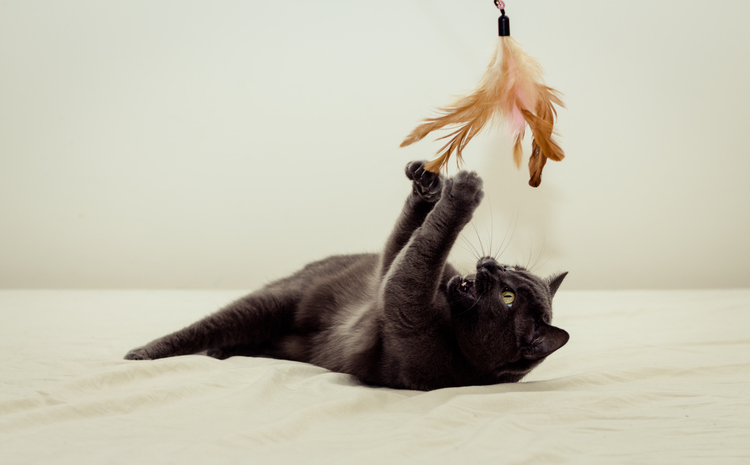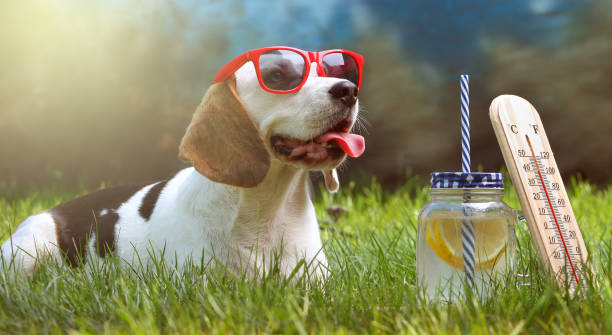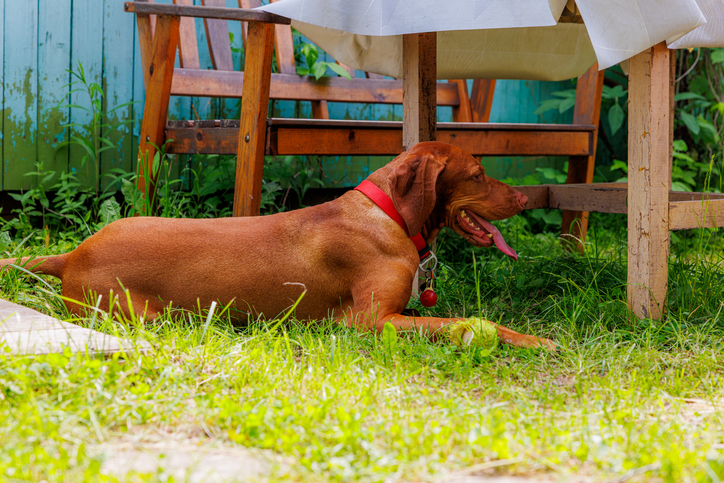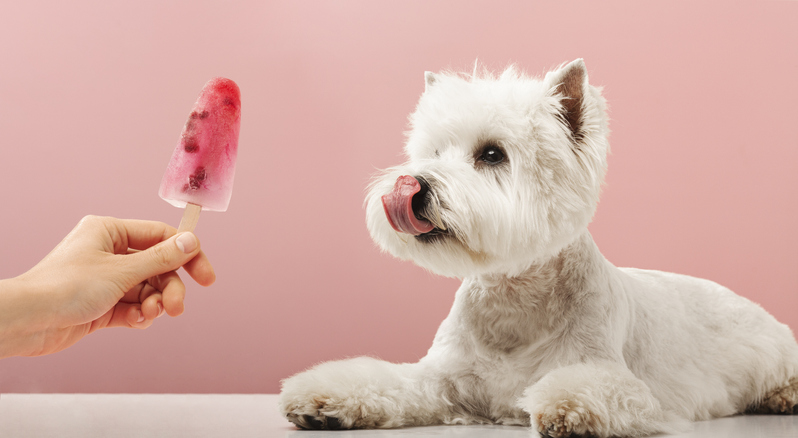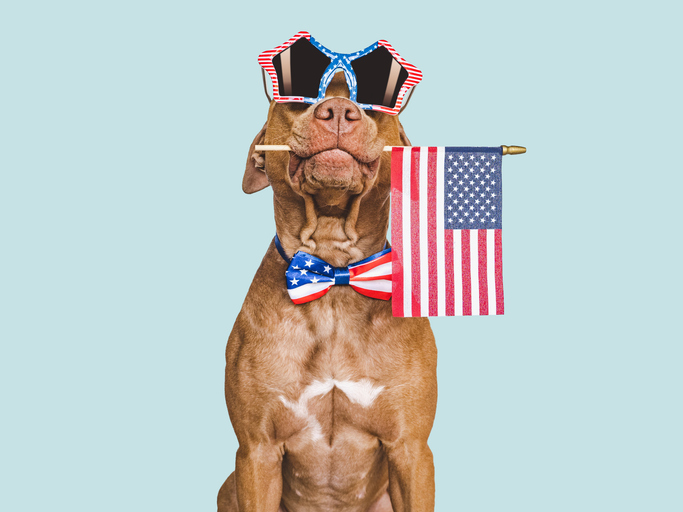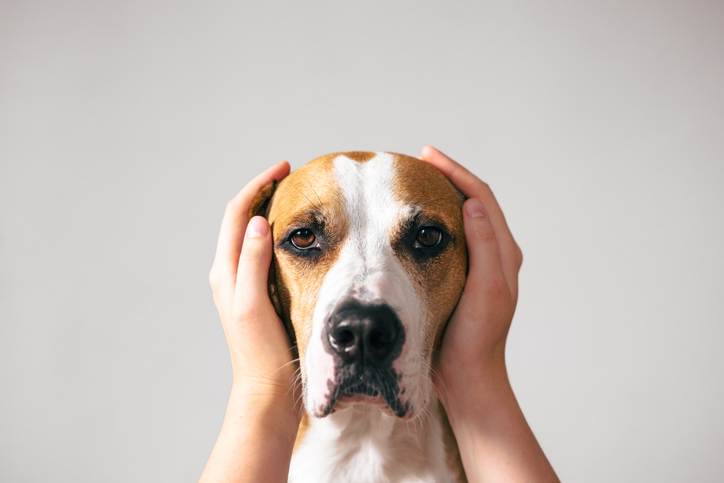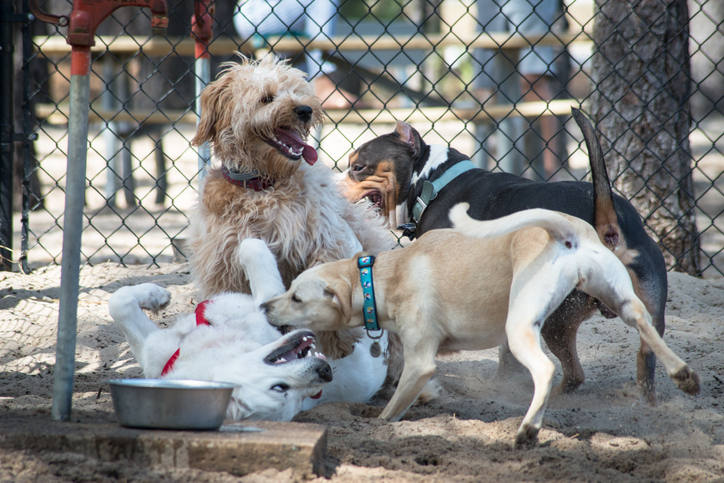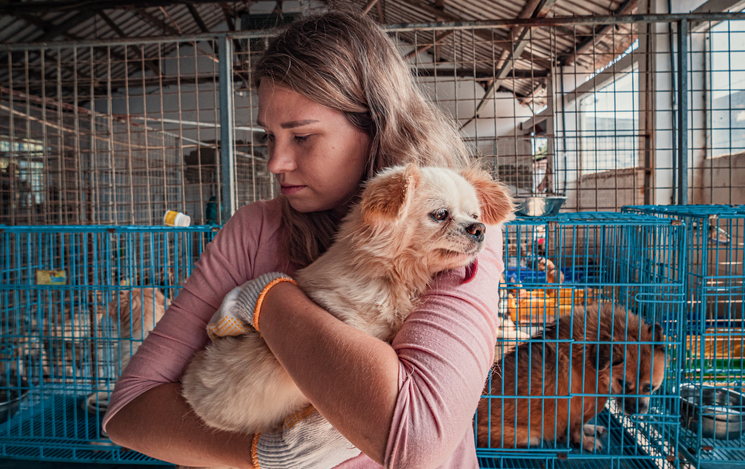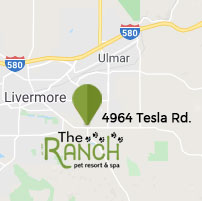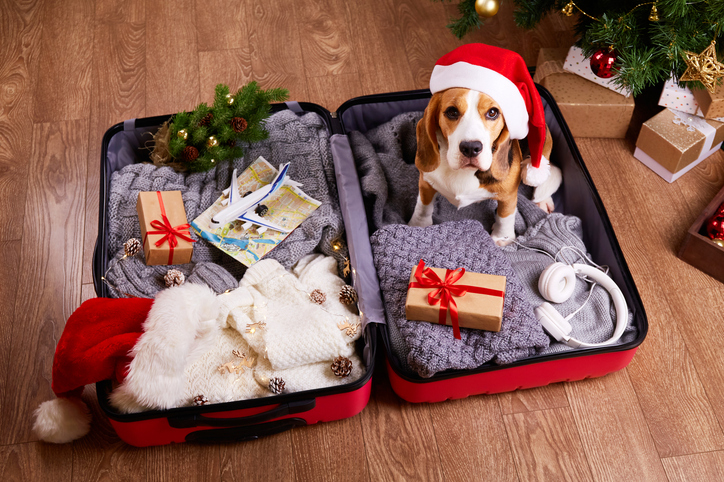
Traveling during the holidays can be exciting, chaotic, and full of memories — especially when your furry family member comes along! Whether you’re heading to Grandma’s house, a cozy winter getaway, or hopping in the car for a road trip, preparing your pet ahead of time will make the adventure smoother for both of you.
At The Ranch Pet Resort and Spa, we know the joy pets bring to the holiday season, and we’re here to share our best tips to help you and your furry friend enjoy every moment together.
Plan Ahead for Pet-Friendly Accommodations
Before you finalize your holiday travel plans, make sure your destination allows pets. Many hotels, vacation rentals, and relatives welcome pets — but some have restrictions or extra fees. It’s always best to call ahead, ask about pet rules, and confirm details such as yard access or crate requirements. This eliminates last-minute stress and helps your pet settle comfortably.
Update Contact Information on Tags and Microchips
In the event your dog or cat gets loose, you want to make sure you will get your pet back. Updating tags and microchips with your cell phone number will ensure a reunion if your pet is found roaming.
Double check their collar is secure by tightening it. Allow two fingers in between the collar and the neck of your pet in the event your pet is like mine and knows how to back out of his collar.
Pack Your Pet’s Travel Essentials
Pack Your Pet’s Travel Essentials
Just like you pack for yourself, pets need their own holiday travel kit. Must-haves include:
- Food, treats, and collapsible bowls
- Leash and harness
- Medications and health records
- Waste bags
- Favorite toys or blanket
- A cozy bed or crate
Bringing familiar items helps your pet feel safe and relaxed in a new environment.
Just like you pack for yourself, pets need their own holiday travel kit. Must-haves include:
- Food, treats, and collapsible bowls
- Leash and harness
- Medications and health records
- Waste bags
- Favorite toys or blanket
- A cozy bed or crate
Bringing familiar objects from home can ease the anxiety and confusion your pet may feel in a new environment. A crate can keep your pet safe when you want to travel or spend time with friends and family. Remember, not all people like your pet as much as you do, so ensuring your dog or cat can be safe and enjoy the holidays is equally important.
Make the Trip Comfortable for Your Dog or Cat
If you’re driving, plan for frequent potty and stretch breaks. Never leave your pet unattended in a parked car, even in cooler weather. For longer trips, make sure your pet is secured safely with a seatbelt harness or crate. Attached a well-secured leash or harness on your dog before you open the door for breaks to ensure you will have full control of a pet who may be excited and scared and bolt from the car.
If you’re flying, check airline pet policies well in advance. Some pets may need a health certificate or specific carrier guidelines. The earlier you plan, the easier the trip.
Keep Your Pet Calm and Happy
Holiday travel can be full of unfamiliar sounds, smells, and people. Keep your pet calm with:
- Favorite toys
- A calming chew or spray
- Extra snuggle time
- Soft music in the car
A relaxed pet makes for a much smoother journey — for everyone!
Consider Boarding for a Stress-Free Holiday
Not all pets love travel, and that’s okay! If your pet would be happier staying close to home, The Ranch Pet Resort and Spa offers a safe, loving place to spend the holidays.
With cozy accommodations, supervised playtime, and attention from pet-loving staff, your pet will feel right at home while you enjoy your travels with peace of mind.
Wishing You and Your Pet a Wonderful Holiday Season!
Wherever your travels take you, a little planning goes a long way. We hope these tips help you make unforgettable memories with your pet this holiday season.
If you’d like to learn more about boarding, daycare, or grooming during the holidays, call The Ranch Pet Resort and Spa — we’d be delighted to take great care of your furry friend!


